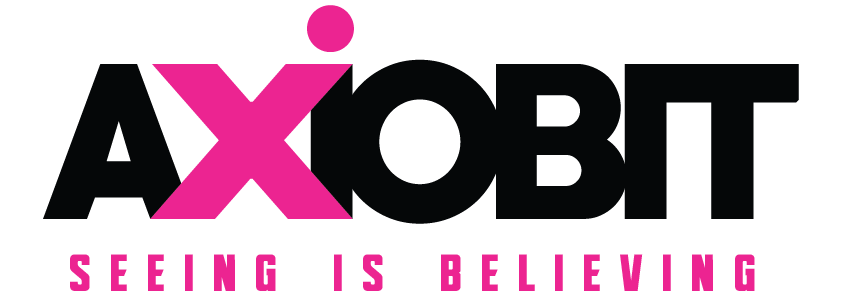The Methodology
OF CONVERGENCE

The methodology aims to combine technicalities of the mystery and heuristics zones of the knowledge funnel with the art of convergence required for creating a visual algorithm that could be validated for a future software production.
The convergence method is the transition from the parallel consulting that aims to define business objects and the relationships among them to the visual digital prototype.
Only the (high-definition) prototype can allow logical leaps for knowledge development and validated improvements.
The methodology of convergence aims to specifically formalize the stages of the knowledge funnel using business consulting and proposes the following stages:
1.
Objects Definition
2.
Interaction Definition
3.
Convergence Zone
4.
Prototyping & Testing
This is the static part of the approach. It is a detailed description of "who" and "what", from different perspective of personas.
1.
Mystery as Object Definition
2.
Heuristics as Interaction Definition
This is the dynamic part, where objects interact in the form on business models that activate the design and execution of processes, rules, decisions and cases.
In this step, logical relations, dependencies and algorithms are identified and explored. All these relations are captured, documented and visually depicted.
Trans-disciplinarity concerns that, which is at once between the disciplines, across the different disciplines, and beyond all discipline.
3.
The Convergence Zone
4.
Prototyping as Logical Leap Facilitator.
Development by digital innovation requires continuous positioning of businesses to the new levels of knowledge.
It is a generally accepted truth that the human brain is in a continuous evolution and, over time, positive transformations and innovations have been differently facilitated, by means adapted to the evolution of human brain. Therefore, when designing a new solution, the tools that align
a) the manner of user requirements documenting
with
b) the structure of today’s human brain
are critical assets for growth. Today, the most effective method to learn is the visual one. Internet has transformed the human brain; therefore, today, only functional visual artifacts can facilitate the logical leaps and prototype is the ideal tool.
The Impact
COVERAGE

The methodology of convergence covers the entire spectrum of zones related to the knowledge funnel and impacts (at least) four domains of project processing:
1. PROJECT MANAGEMENT APPROACH
In software projects there are two main schools of project management that debate related to planning and human interaction: waterfall (classical approach) and agile (a new wave). Both are well structured approaches. However, in implementing digital initiatives where there are two main stages (business analysis and IT execution) the methods fail if they are treated separately. The convergent methodology is proposing how to use both methods in order to create performance. Based on an extensive experience our team observed that the agile method is more appropriate for the initial stages of the project (until the high-fidelity prototype is delivered and validated). On contrary, for the IT execution the waterfall method is more functional than any other method.
2. MINIMUM VIABLE PRODUCT
The concept was described as being a version of a product that can satisfy the client’s requirements and provide feedback for the future. However, MVP has not been satisfactory, and the creation has proven as being costly (in many cases extremely costly). Today, more and more, MVP is replaced by prototypes (usually a high-fidelity one) that are related to building knowledge more than technology ability. As a matter of fact, the concept of minimum viable product has not kept its promise of creating a lean approach.
3. COMPLEXITY PROCESSOR
The continuous production of visual artifacts creates the best method to simplify the complexity of the context. The complexity is done by the environment and by the exceptional situations in which the user is exposed. The convergent methodology allows the logical transfer of the exceptionalities to rule-based situations.
4. USERS’ STORIES COLLECTION METHOD
Convergent methodology proposes a change in story collections from personas interviews to dynamic “naming and framing” sessions based on structured discussions and trade-offs. Naming and framing is the core of the deliberative dialogue.
NOTES
The methodology of convergence for business analysis in digital initiatives is based on the present-day transformation of the environment, people, people’ brains, technology and knowledge. It aims to create a success framework for IT execution, money savings, simplification of the input complexity and a better response to disruptive businesses and technologies. The intention is to bridge the gap between management consulting and software execution. It is organically linked to digital innovation. However, we consider that any digital venture is an innovative journey because logical leaps are required in order to go to the next level of development from business perspective.
The methodology of convergence is an original methodological journey developed by the consultants of Axiobit Limited.
